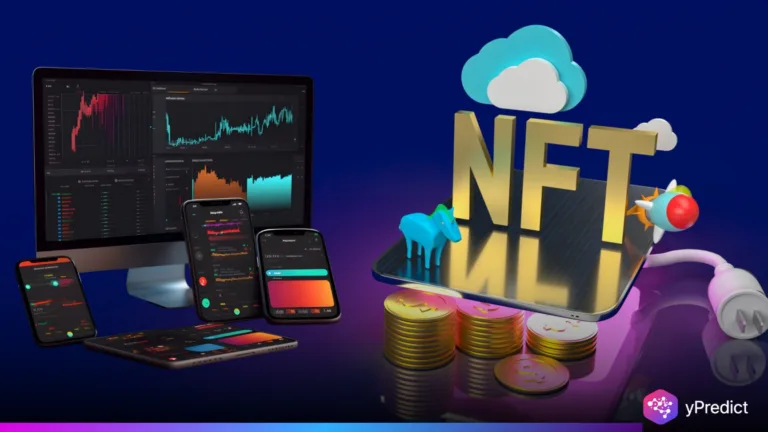
The Air Canada Pension Fund’s reported $161 million Bitcoin investment has sparked the discussion of whether pension funds should invest in digital assets again. This investment sharply contrasts with CPP Investment, Canada’s largest pension fund, which has avoided direct cryptocurrencies for fear of potential losses, following losses associated with collapses related to FTX and Celsius, among other crypto asset factors in 2022-2023. This investment illustrates the divide in plan investment strategies and whether diversifying into crypto offers a strong opportunity or an additional risk.
Air Canada Pension Takes a Bold Leap
The decision by Air Canada Pension to invest $161M into Bitcoin indicates a clear shift from Canada’s conservative historical approach towards institutional fund investments. Everyone in the industry takes this as a daring leap, especially with current volatility and regulatory uncertainty with respect to crypto. Long-term investors like pension funds are agency traders and have an extended time horizon versus retail traders, but ultimately, there are still major implications.
The critics see this step as exposing retiree savings to risks outside the realm of traditional investments, and proponents believe this approach is future-forward diversification. This step brings Air Canada’s fund into the closer set of a few large institutional funds that are willing to deploy significant capital directly in Bitcoin. It conveys and position that digital assets are an inflation and volatility hedge for traditional markets. Skeptics reinforced the conceptual interpretation that these bets are still speculative without longer-term studies to confirm the resilience of assets in crisis moments and stress.
CPP Investment Maintains Its Distance
While Air Canada’s pension team pushes into crypto, CPP Investment has kept its distance. The fund, with over $600 billion in assets, avoided direct crypto exposure after assessing the risks that toppled high-profile firms. Its exit strategy during the FTX losses era saved it from the financial and reputational setbacks faced by other institutional investors worldwide.
CPP’s stance reflects a preference for measured caution, prioritising capital preservation over speculative returns. The fund continues to explore blockchain technology in principle but shows no signs of direct investment in tokens or coins. By staying out, CPP avoids headline risks tied to crypto collapses but may face pressure if peers begin reporting stronger returns from digital allocations.
Lessons From FTX Losses and Celsius Collapse
The FTX losses and Celsius collapse of 2022–2023 continue to cast a long shadow over institutional crypto interest. Several global pension and sovereign wealth funds saw millions wiped out when these platforms imploded. Regulators have since stepped up warnings about the fragility of unregulated exchanges and the lack of tested frameworks for long-term pension exposure.
For Air Canada Pension, the decision to move forward despite those cautionary tales suggests a calculated willingness to embrace risk. Analysts attribute the timing to renewed optimism in Bitcoin’s price cycle, but the history of the cryptocurrency marketplace shows how quickly sentiment can turn. With no peer-reviewed studies on pension funds being able to weather crypto volatility, the question remains unresolved.
A Divided Future for Pension Fund Strategies
The contrast between Air Canada Pension and CPP Investment illustrates a widening split in how major funds approach digital assets. On one side, some see crypto as a natural diversification tool in unpredictable markets. On the other hand, leaders insist that long-term retirement savings should remain insulated from speculative sectors.
This divide could shape broader financial strategies across Canada. If Air Canada’s Bitcoin position delivers strong returns, other funds may reconsider their reluctance. However, if volatility eats into the gains, critics will point back to the CPP’s steady course of moderation as the appropriate role model. For now, both strategies illustrate the same reality: pension funds can no longer ignore digital assets, even if the approach is different.






